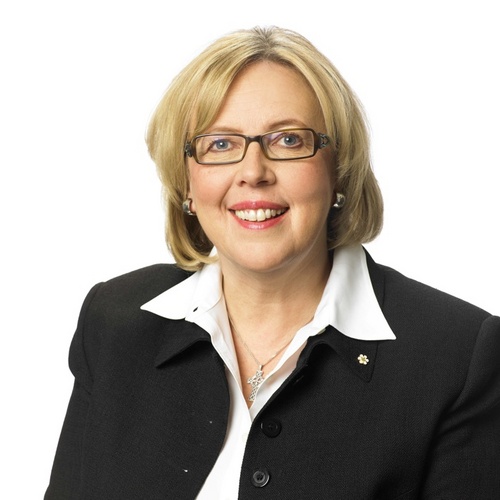By the time you read this, I will be in Lima, Peru at the 20th Conference of the Parties (COP) of the U.N. Framework Convention on Climate Change (UNFCCC). When I say we are “down to the wire,” many readers (being well aware of the threat of runaway climate change) may think it is already too late. Atmospheric concentrations of greenhouse gases (GHG) continue to rise. Extreme and dangerous extreme weather events are on the rise. The Arctic ice is shrinking. The oceans are becoming more acidic. Impacts from carbon dioxide in the atmosphere reaching 400ppm (30 per cent higher than at any time in well over a million years) cannot be reversed. But we can and must arrest the rise of greenhouse gases and chart a course to get the world off fossil fuels by 2100. We need to ensure 80 per cent cuts below 1990 levels in GHG by mid-century.
On the other hand, other readers having heard that the deadline for a new treaty is next year, may wonder how we can be down to the wire already.
To reduce emissions to avoid hitting or passing the two degree Celsius increase in global average temperature we need a comprehensive treaty, including all nations. COPs within the UNFCCC are the ongoing process working to develop such a treaty. Every year since 1994 there has been a negotiation session. “COP20” means we have been at this for 20 years. The negotiations have been brutal. They ended in disaster at COP15 in Copenhagen. Since then, halting progress has been made with a negotiation track and a new deadline — COP21, December 2015, set for Paris.
Although a process that was nearly dead after Copenhagen has been resuscitated, we are not on a trajectory for a strong treaty. And we must get there within a year. If you remember my dispatches from last year’s COP in Warsaw, we lost precious time at COP19. The best that can be said of the Warsaw meeting was that we prevented the talks from sliding backwards. The halting process means that Lima and COP20 are crunch time. The negotiating text (in UN-lingo “elements of the text”) for COP21 next year must be ready six months ahead. It must be translated into the six official languages of the UN system. That means that all the heavy lifting has to be done in Lima.
That is why UN Secretary General Ban Ki-moon invited world leaders to a special Climate Solutions Summit in New York in September. And it is also why civil society organizations grabbed hold of Ki-Moon’s initiative to hold the largest ever peoples’ march for climate action on September 22. Still, with all that additional pressure and media coverage highlighting the urgent need for climate action, the negotiations in Bonn October 20-25 (a meeting of a sub-group of COP mandated since Durban’s COP17 in 2011, called the “Ad Hoc Working Group on the Durban Platform for Enhanced Action,” or “ADP”) were cautious, lacking the serious momentum we need. The language is moving away from “legally binding targets” to “pledge and review.” And in Bonn there was pressure to remove the “and review” part of that climb down.
In this context the long awaited U.S.-China deal (yes, it was well known such a deal was in the works) breathed new oxygen into the process. It is possible that the U.S.-China deal will hurt negotiations. The multilateral system does not generally like sub-deals and countries striking their own bargains. And the targets from the U.S. and China (with the U.S. pledging to cut GHG by 26 per cent below 2005 levels by 2025 and China promising to ensure its emissions stop rising — or “peak” –- and to have 20 per cent of its power generation from non-fossil sources – both by 2030) are not individually or collectively enough. Nevertheless, most climate activists have celebrated the announcement.
The Secretary-General of the UN climate process, Costa Rican diplomat Christiana Figueres, had this to say in a statement from Berlin: “This positive momentum opens the door for all major economies and in particular all other industrialized nations to bring forward their contributions to the Paris agreement in a timely fashion over the coming months…Investors have long called for policy certainty. [The U.S.-China] announcement is a firm and positive step towards that as we look towards Paris 2015.”
Her statement hits one of the key reasons that the comprehensive deal can make the difference we need. We need a signal to investors that putting money in long-term fossil fuel projects is a bad investment. It is encouraging that former Canadian Governor of the Bank of Canada and now Governor of the Bank of England, Mark Carney, told a recent World Bank seminar that the “vast majority of reserves are unburnable.”
We can celebrate that Concordia University has become the first Canadian university to divest from fossil fuel in its investments. Let’s help University of Victoria be the next. Action to avert runaway global warming is needed and it is not a choice of working locally or working globally. We need to do both — and fast. We need to pull out all the stops. We are down to the wire.




